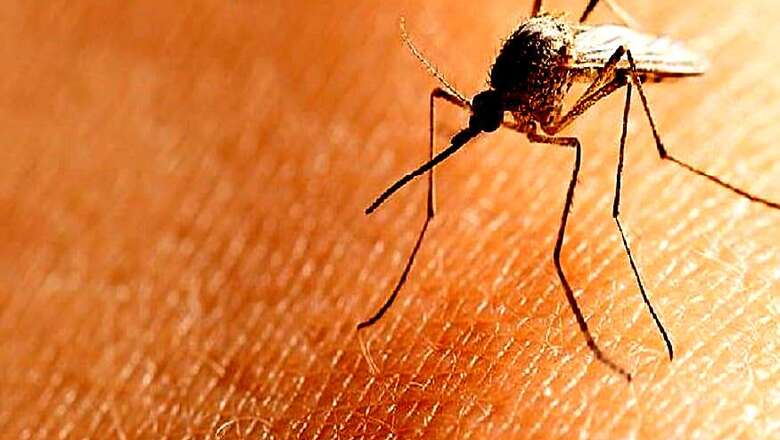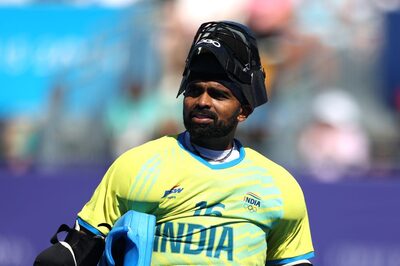
views
In 2018, the Punjab government has joined hands with the World Health Organization (WHO) for eradication of malaria from the state by 2020. But, the steps taken seem to be inadequate as over 1,000 people have been have already been tested positive of malaria. Diseases including malaria, dengue, Chikungunya, Zika virus, Yellow fever, among others are spread by bite of mosquitoes that become quite active during the monsoon and post-monsoon season. Mosquitoes spreading these diseases breed in stagnant water and therefore, people should ensure that there is no accumulation of water in the neighbourhood.
The cases of malaria have been increasing in Punjab for the last two years. As per the Vector Borne Disease Control Programme, 920 cases of malaria have been reported in till September this year. The number is way higher than the previous year’s 624 cases.
Malaria cases this year may go up further as most of the cases are reported in the months of October and November.
In 2016, Pujab was among the 15 states mentioned by National Vector Borne Disease Control Programme where the target was to eliminate malaria by 2020. The aim was to achieve zero indigenous cases and deaths due to malaria in the state by 2020.
To remain in phase 1, there should have been zero death due to malaria in the state. However, in September this year, a migrant labourer in his mid-twenties died in Muktsar due to suspected malaria. So far, the district has reported 33 confirmed cases. Malaria in this case was one of the causes, but the final confirmation will arrive after board of doctors gives its opinion.
In the beginning of 2017, the state government had made an announcement that it would be distributing free insecticide-treated nets in certain areas of the state, which has not been done so far.
One of the major problems is that the two major medicines which are used in malaria treatment — Chloroquine and Primaquine — are not available in a large number at the government hospitals as well as in dispensaries.
“The rise in number of cases in Punjab may be due to migratory population. Only after distinguishing the local and migratory cases, we can reach a conclusion if the instance in Punjab is higher,” Neeraj Dhingra, Director, National Vector Borne Disease Control Programme, was quoted as saying by The Tribune.
When the daily tried to contact Dr Anu Dosanjh, Programme Officer, Vector Borne Disease Control Programme, he could not be reached. The National Framework for Malaria Elimination (NFME 2016-2030) was launched with the goal to eliminate malaria from the country by 2030. However, being a category 1 state, Punjab hopes to become free of malaria by 2020.
















Comments
0 comment